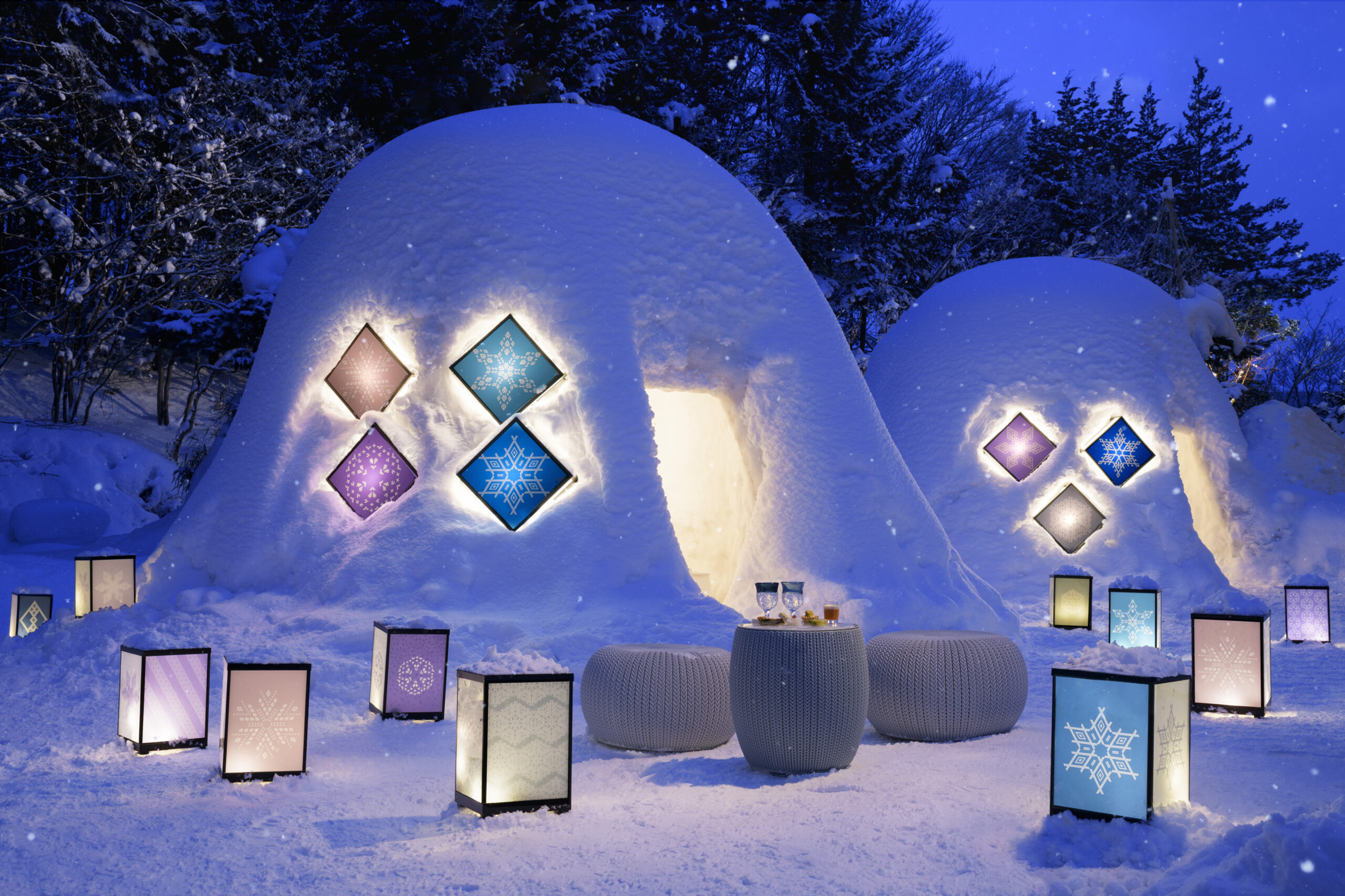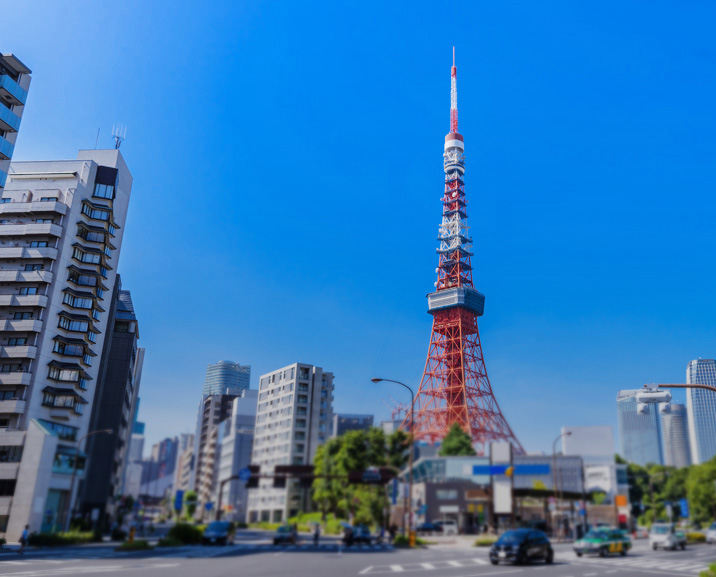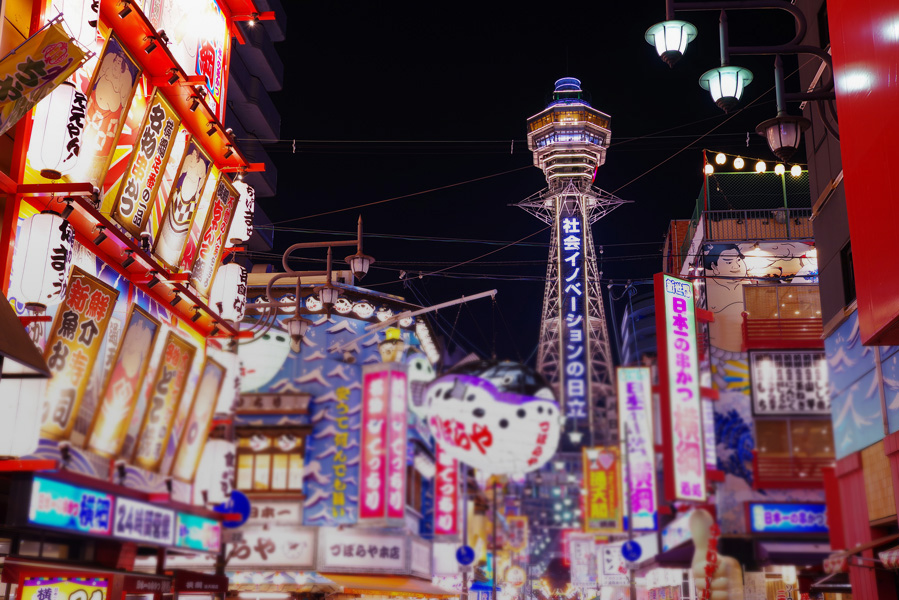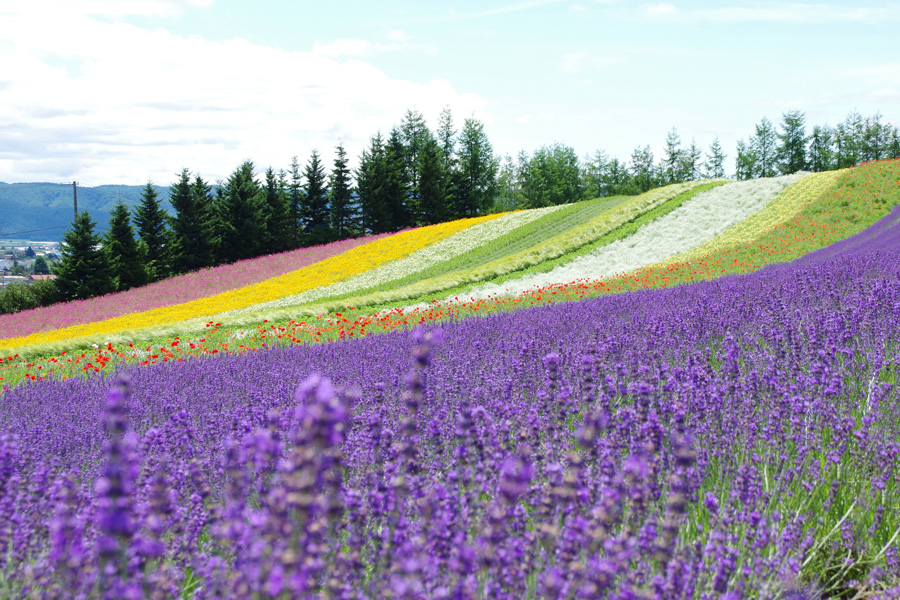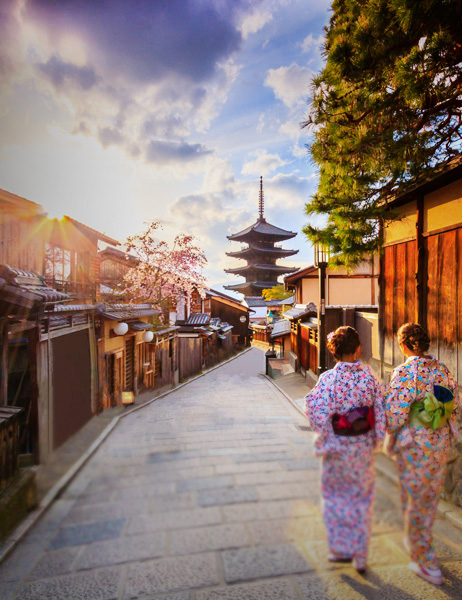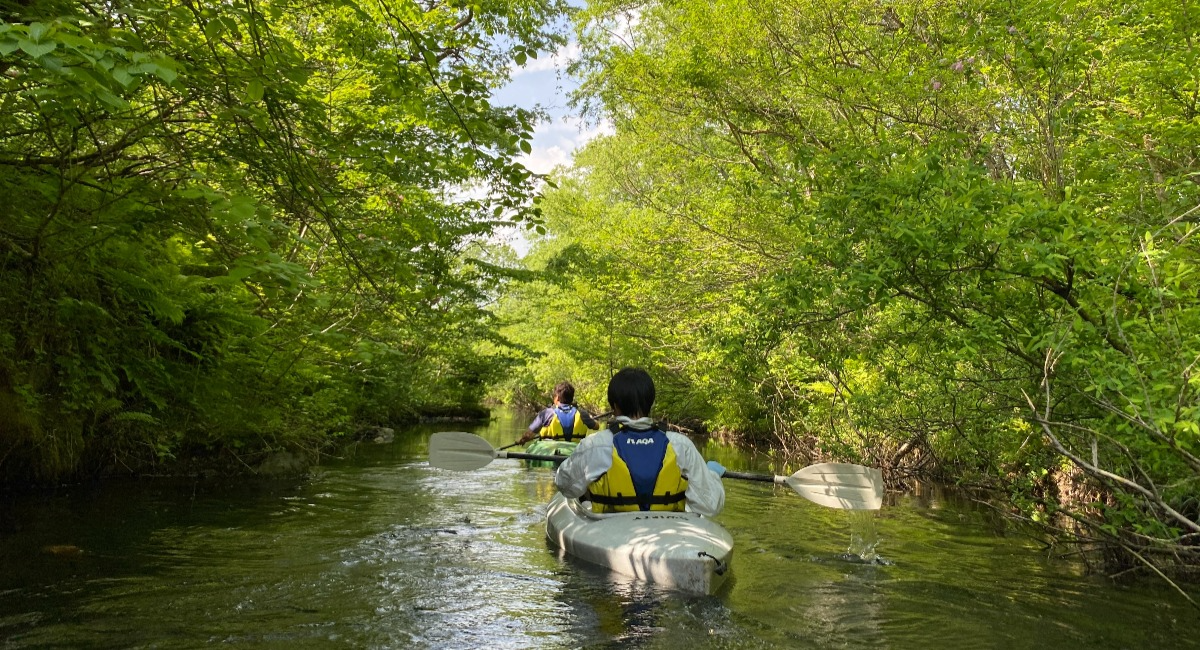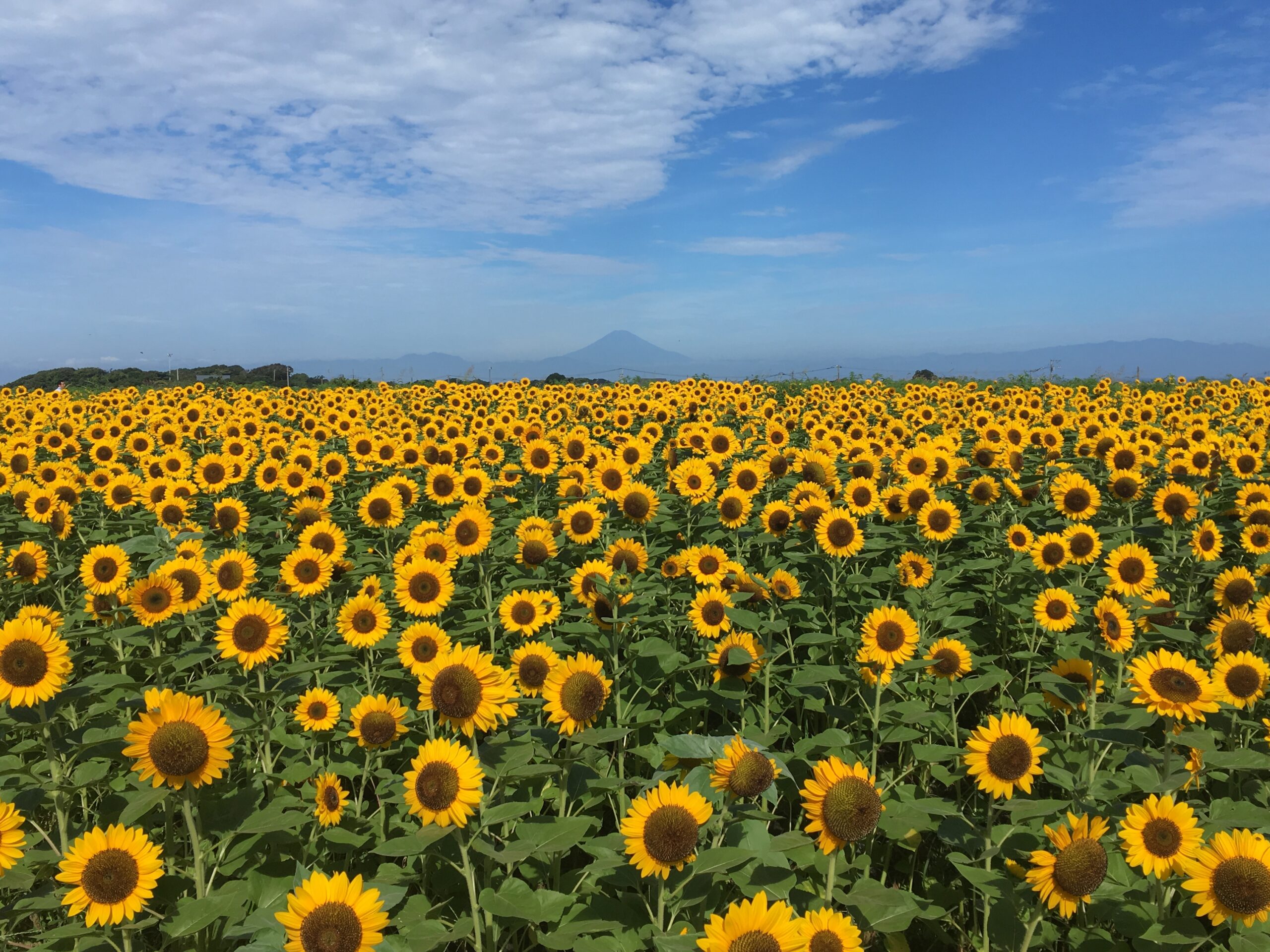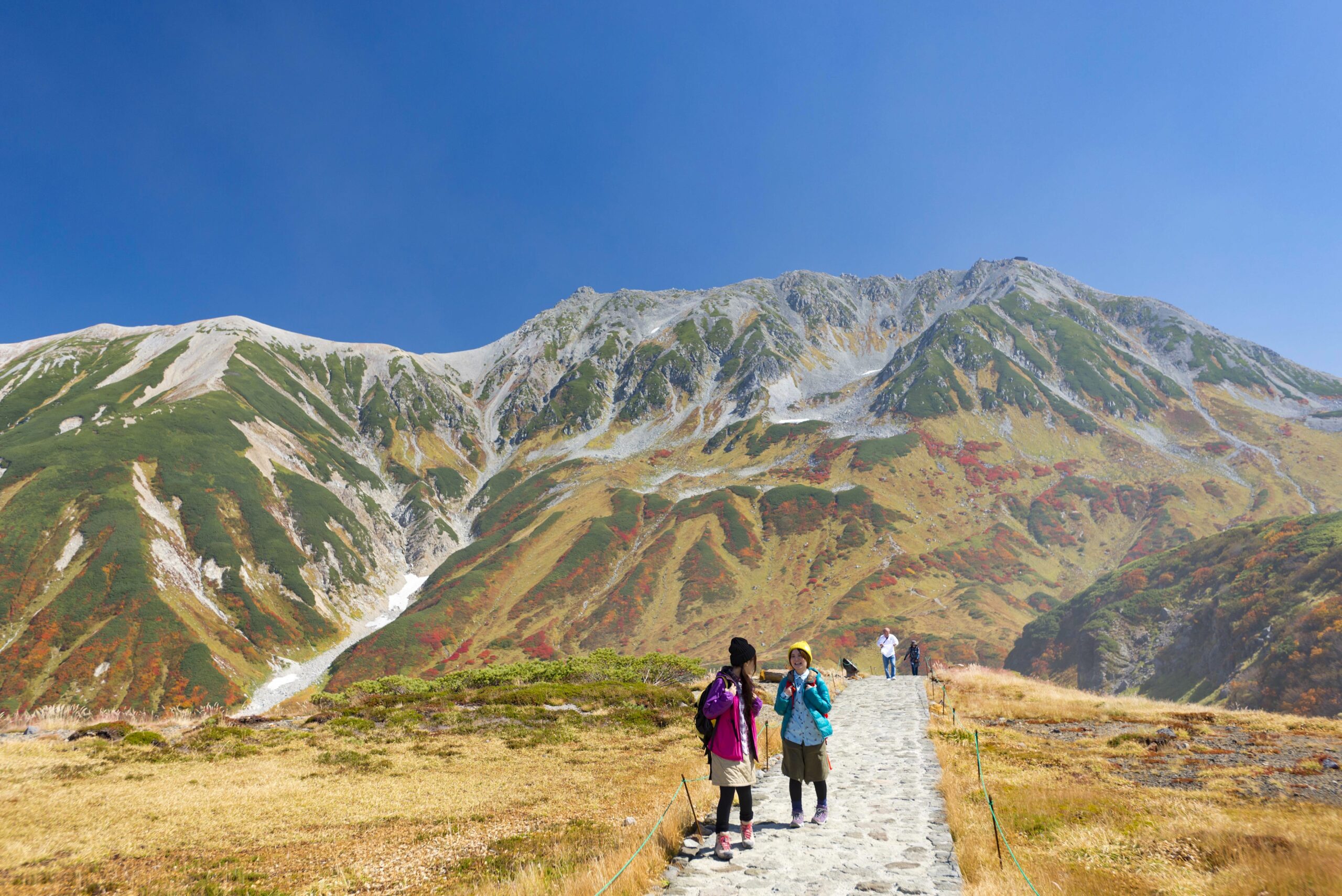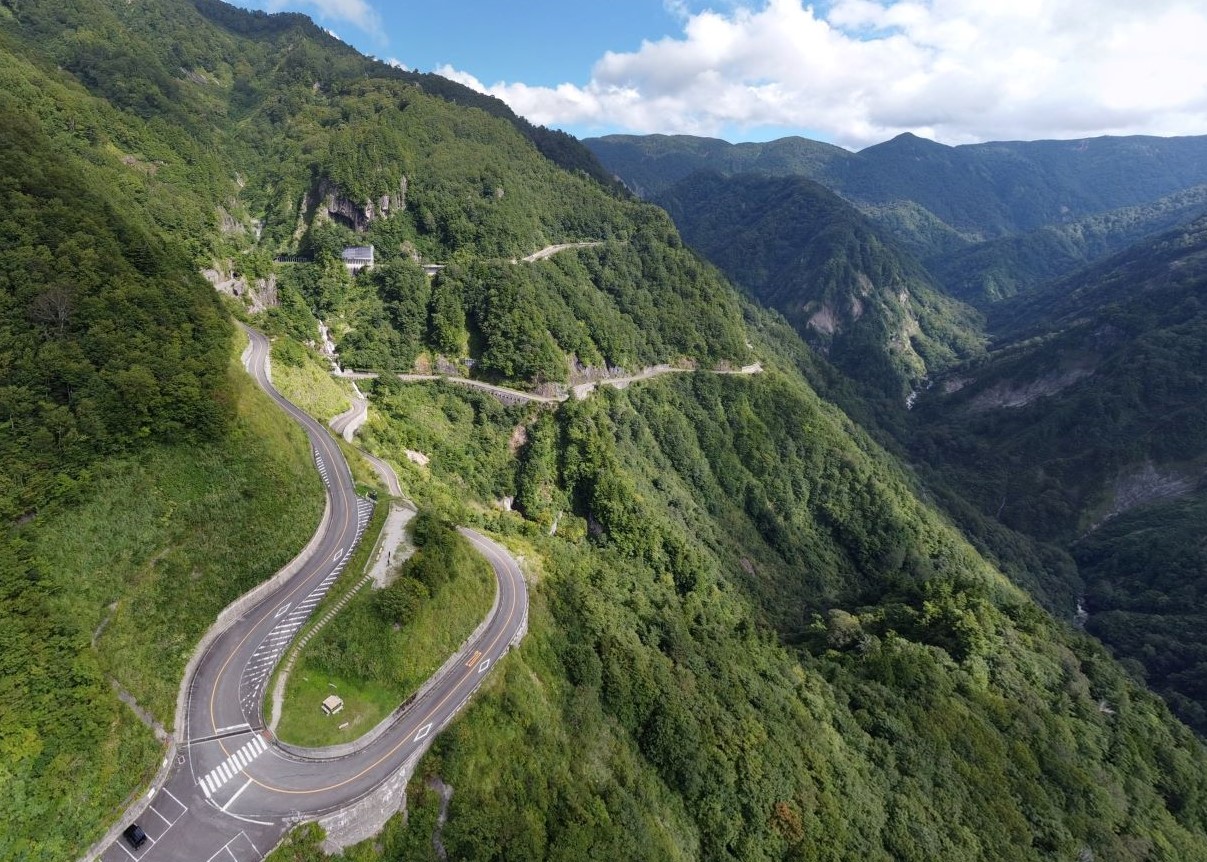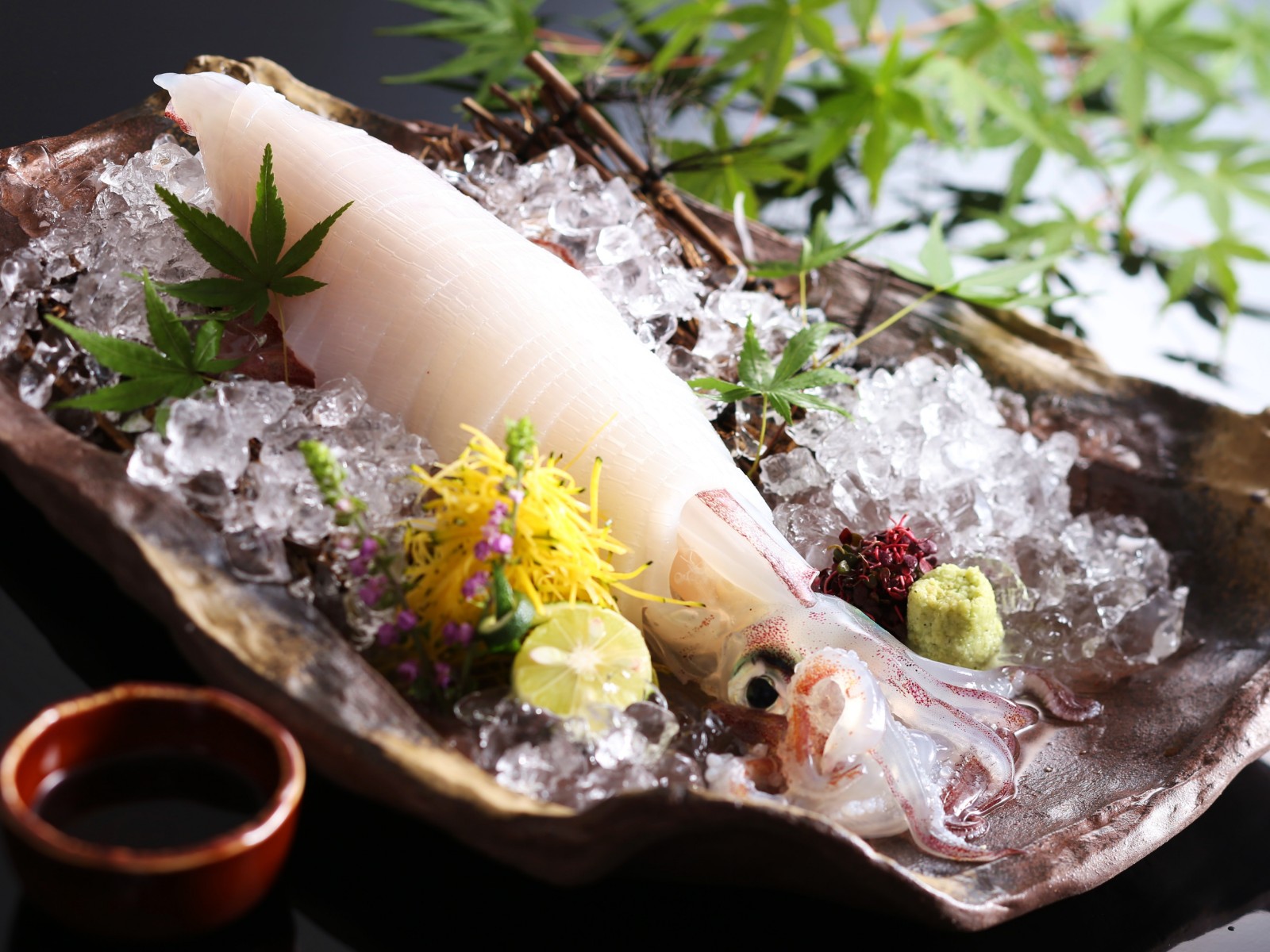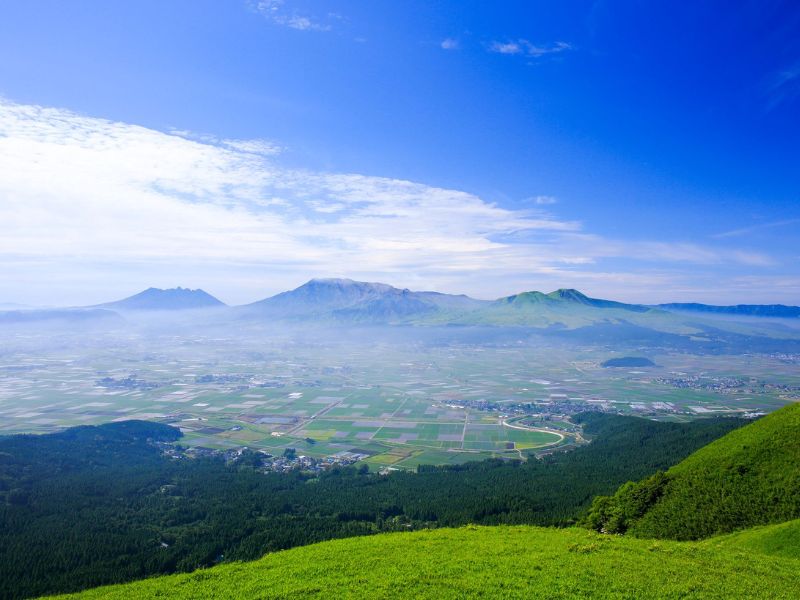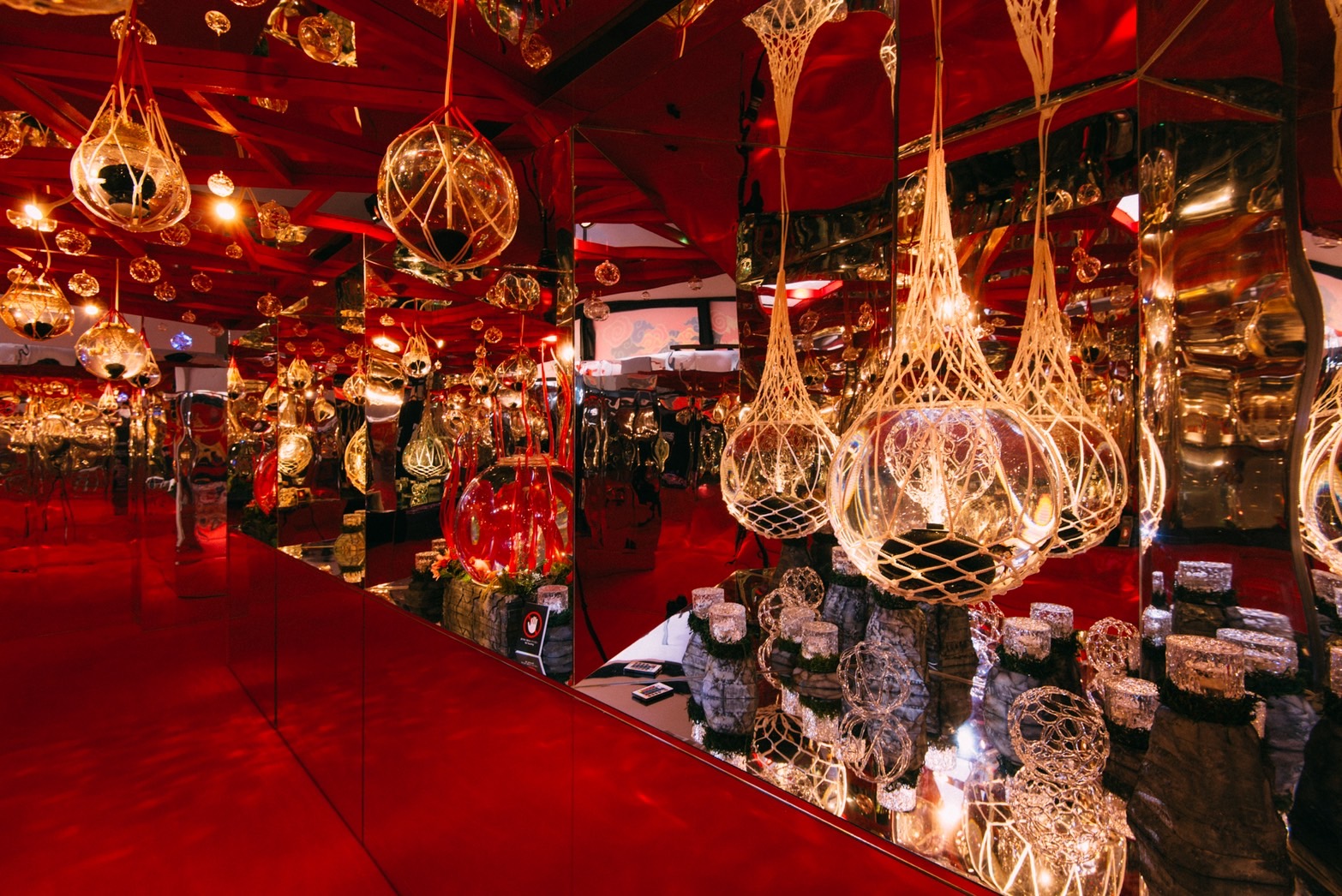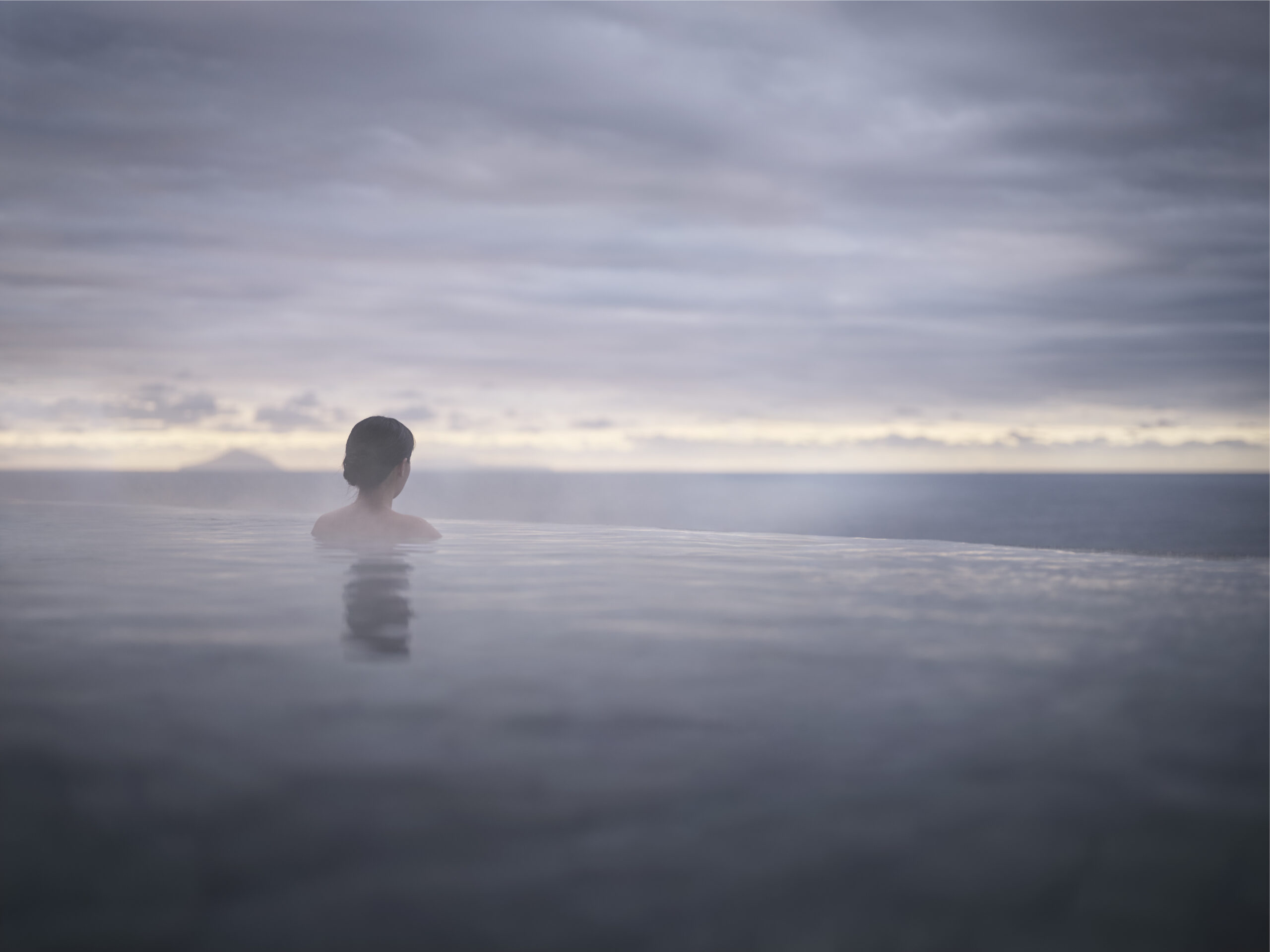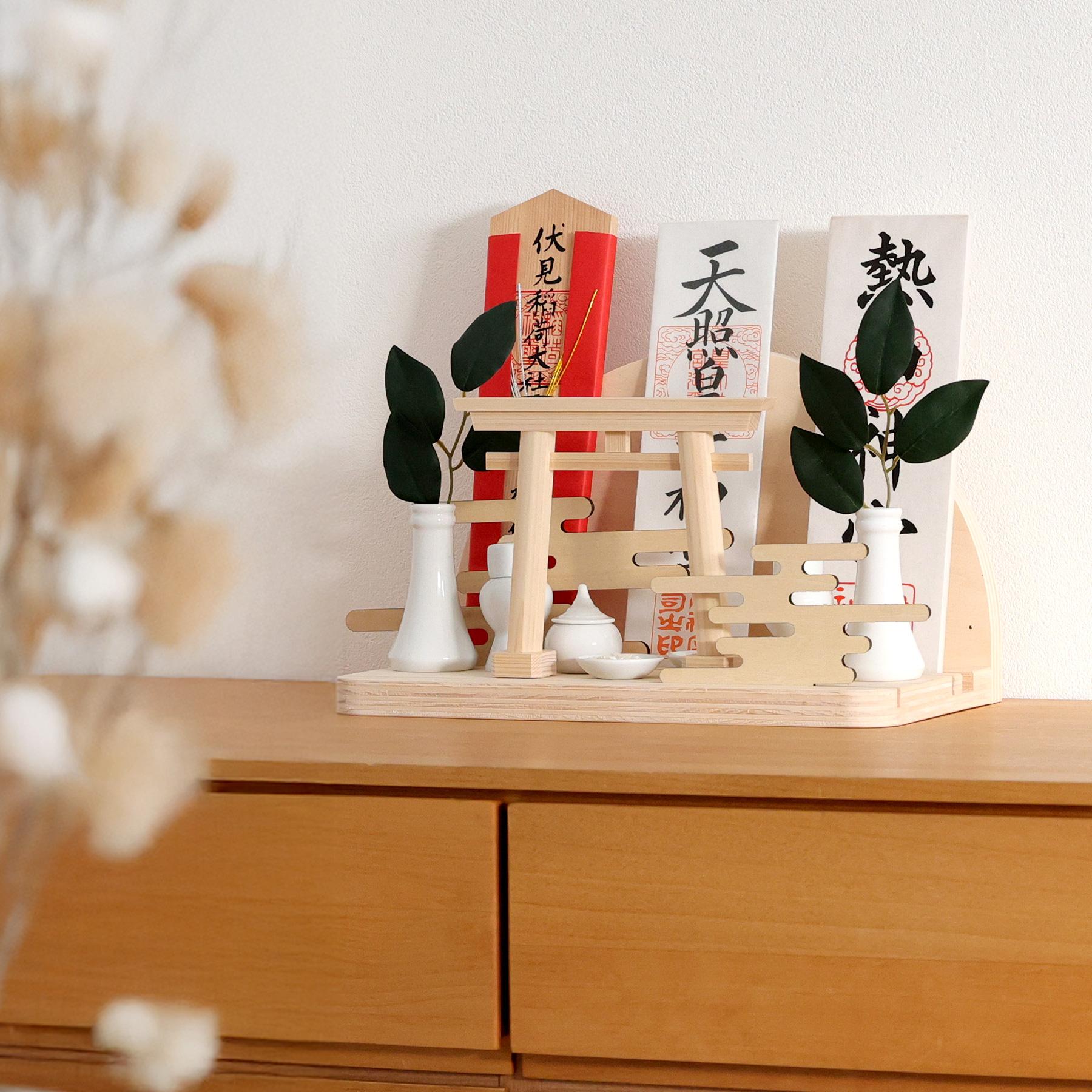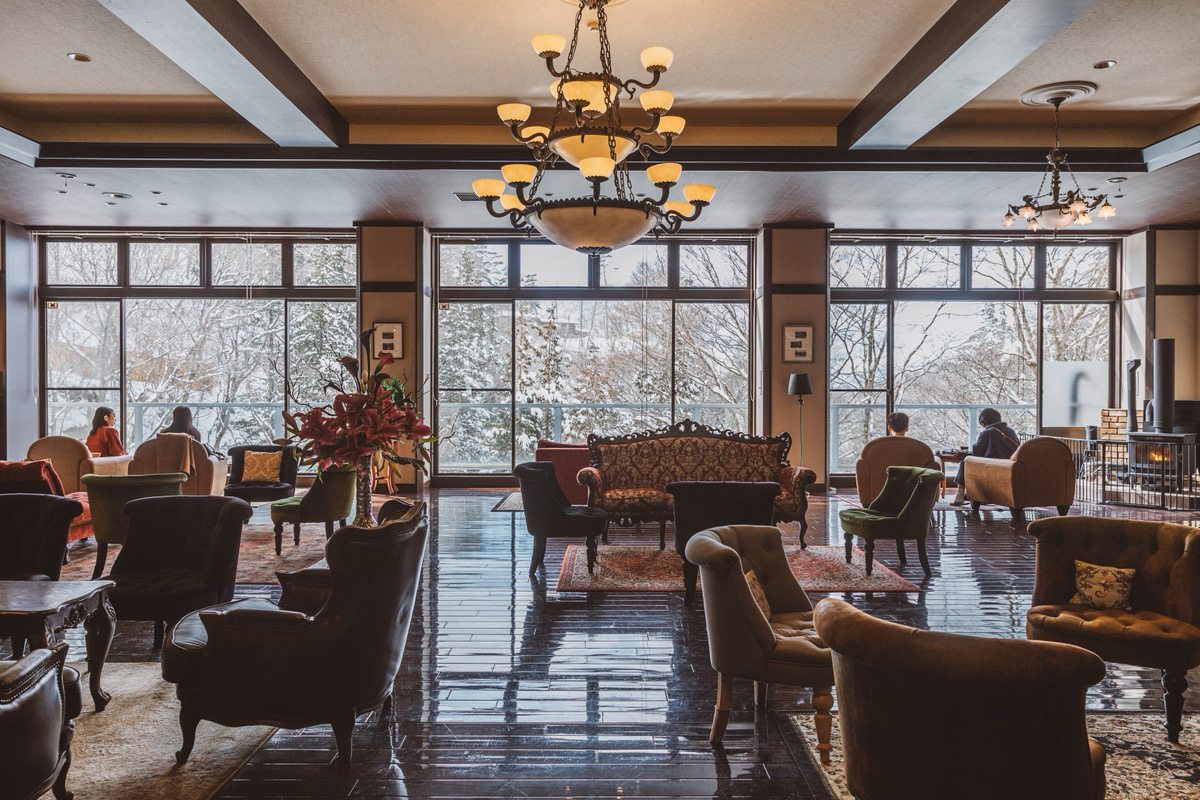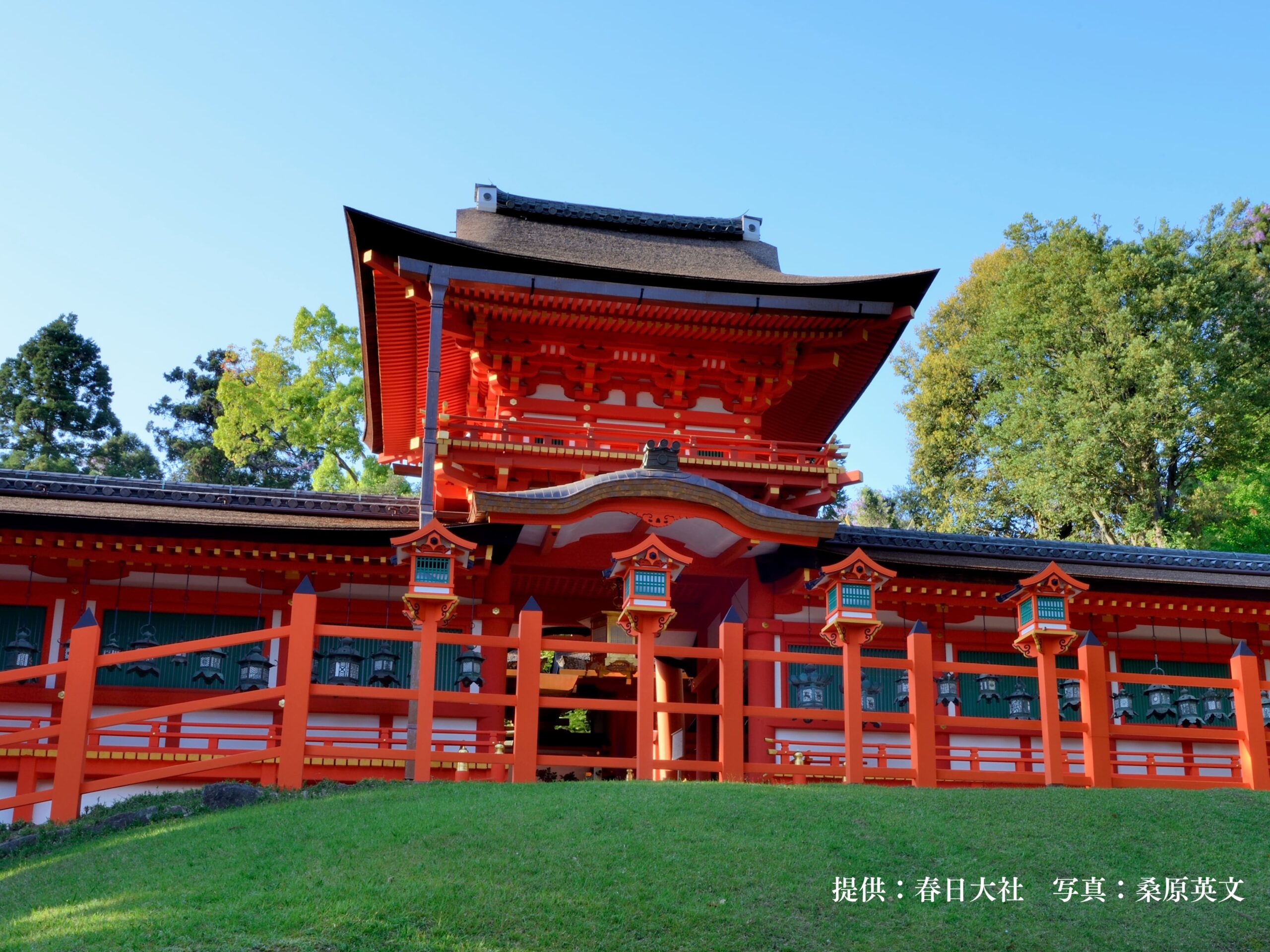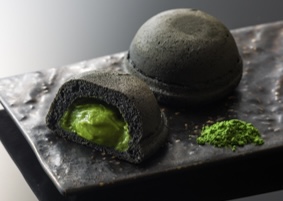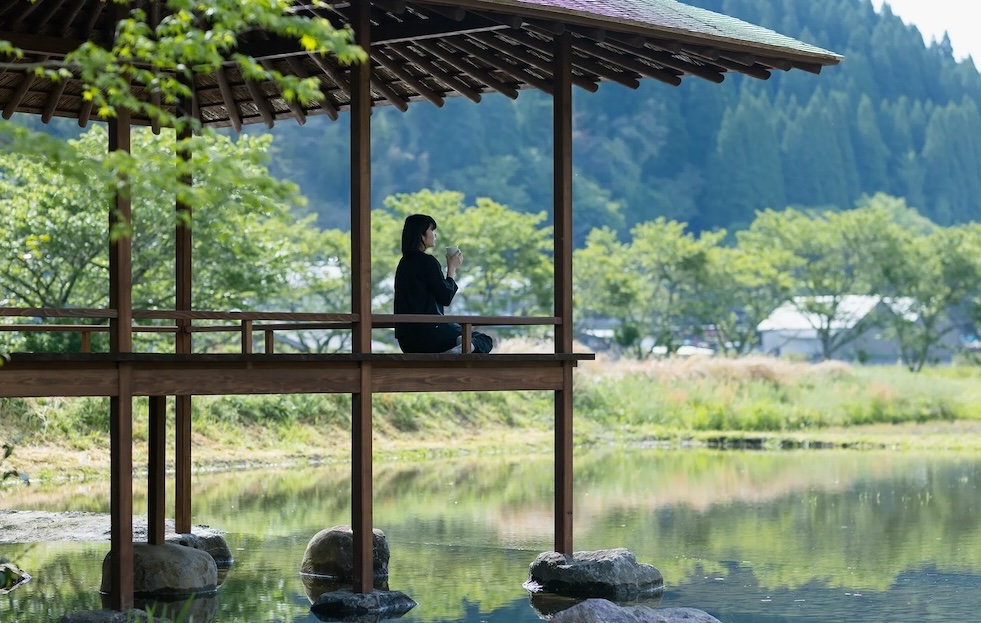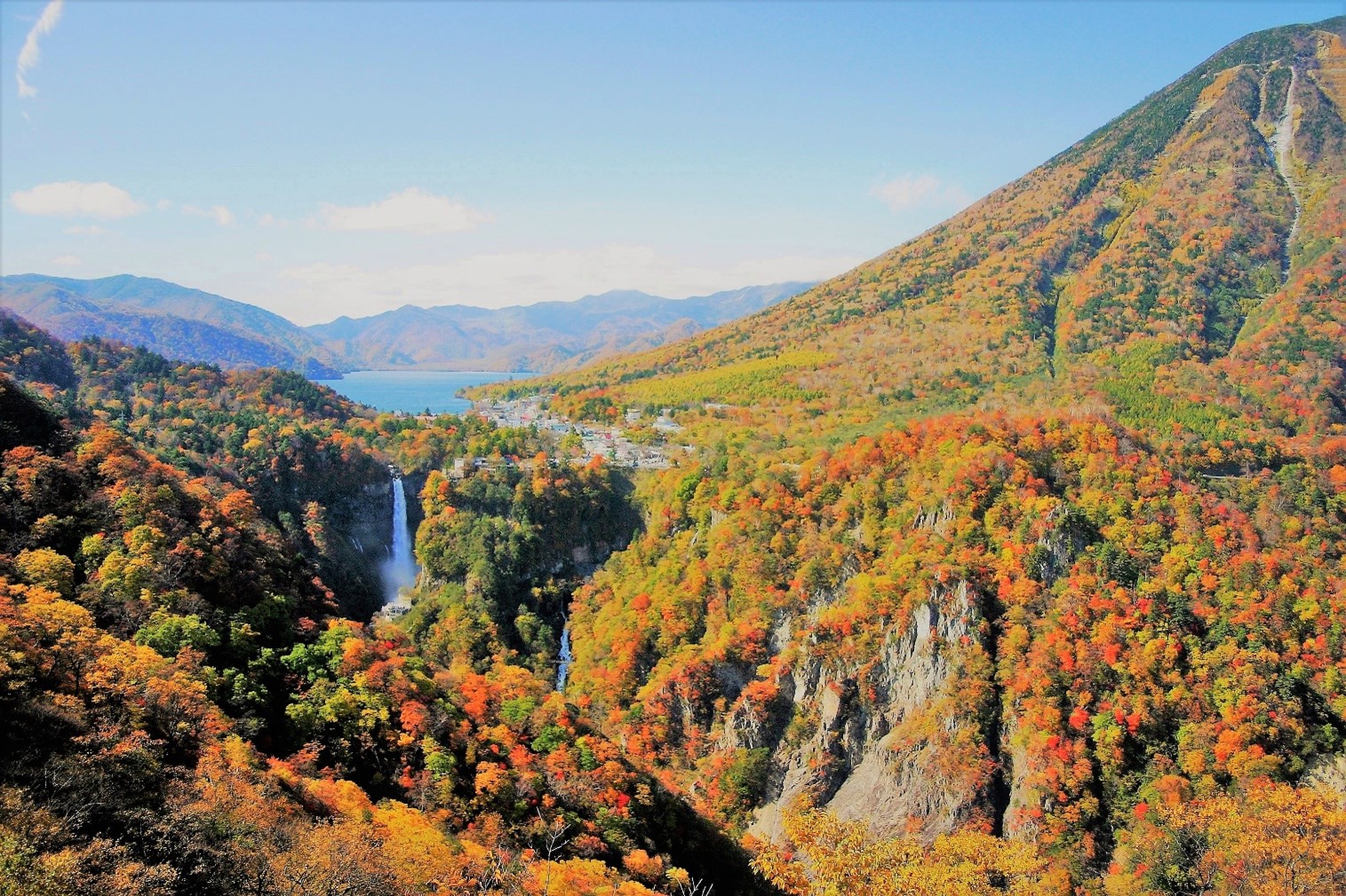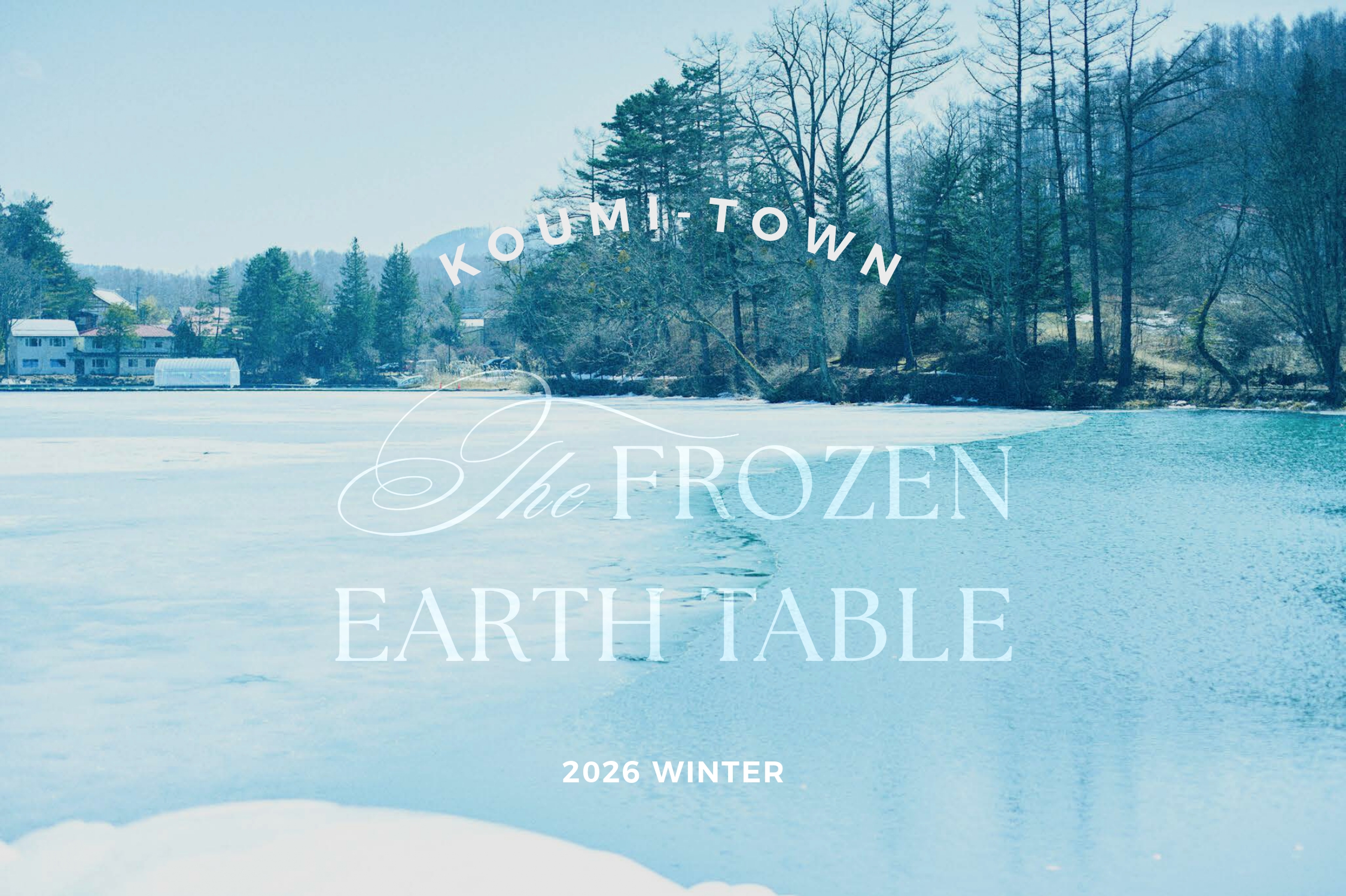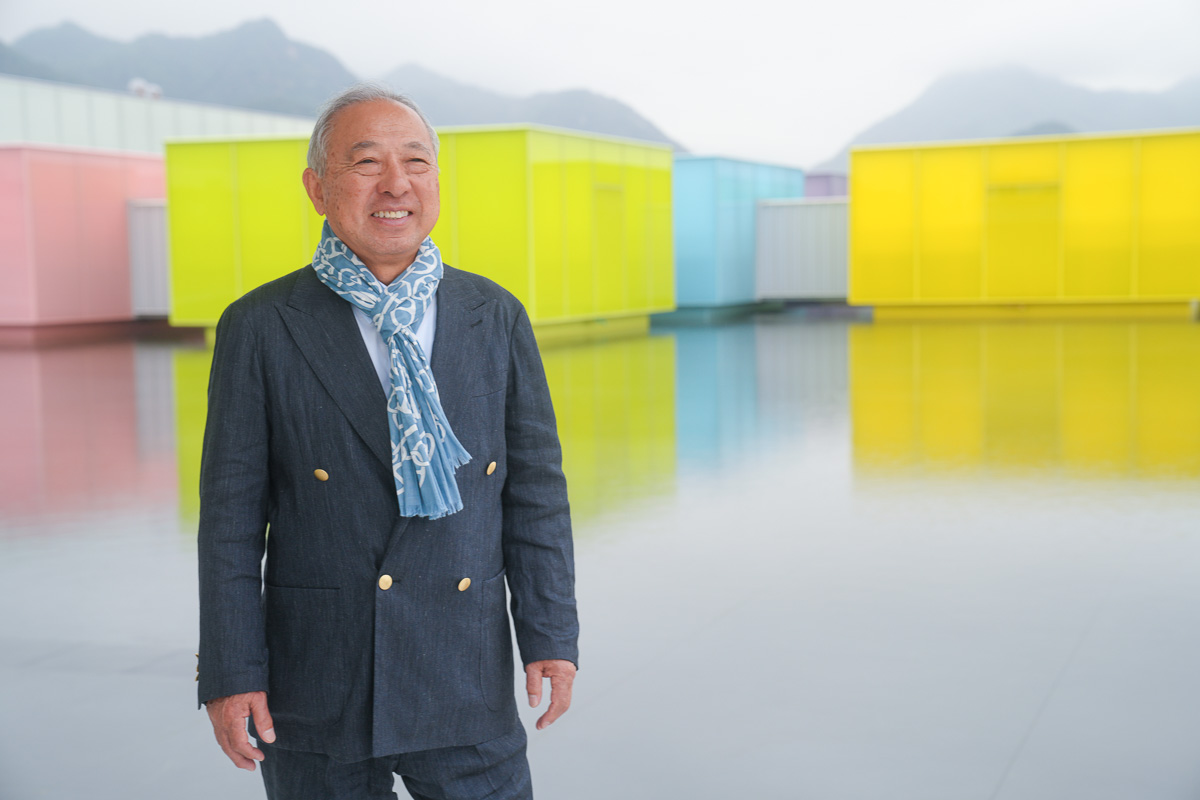“Chestnut tiger” has appeared at Rokko Alpine Botanical Garden. Chestnut tiger is known as the only migratory butterfly among Japanese butterflies. It has traveled long distances such as Honshu, Nansei Islands, and mountains, and marking surveys have recorded a straight-line distance of 1,500 km. The appearance of gracefully flapping its wings in search of the honey of Fujibakama is gaining popularity, and many customers enjoy taking pictures.
Chestnut tiger (Nymphalidae)
Chestnut tiger is a pretty butterfly with a front wing length of 40-60 mm. Chestnut tiger “Asagi” is an old name for blue-green, which is derived from the light blue of the wings. The larvae eat the leaves of geese, such as “marsdenia tomentosa”.
In addition, the hind wings of males have a dark brown sex mark that females do not have, which makes it possible to distinguish between males and females. It is often sucked by plants of the Asteraceae family, such as “Eupatorium japonicum”, “Eupatorium japonicum”, and “Ligularia fische”, and can be seen until the end of September every year.
Eupatorium japonicum (Asteraceae)
It is one of the seven autumn herbs, and it is the autumn season word as “Fujibakama(藤袴)”.
In China, it is called orchid grass or perfume orchid because of the fragrance emitted when the leaves and stems are dried, and it was floated in hot water when taking a bath.
It grows on fertile floodplains such as lowland banks, and was often seen along the Arakawa bank in Tokyo and the Yodo river in Osaka before the war. However, after the war, the number was reduced by the development of habitat, and it is now one of the endangered plants.
Rokko Alpine Botanical Garden
| Admission fee: |
Adults (junior high school students and above) 700 yen / Children (4 years old to elementary school students) 350 yen |
| Opening hours: |
-November 23 (Monday) |
| Opening hours: |
10: 00-17: 00 (reception closes at 16:30) |
>Rokkoyama Portal Site
